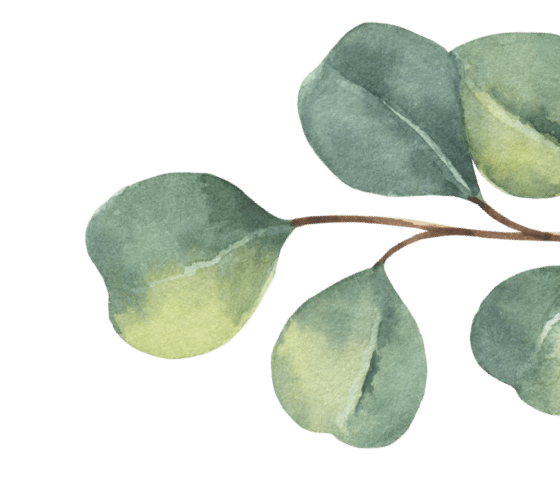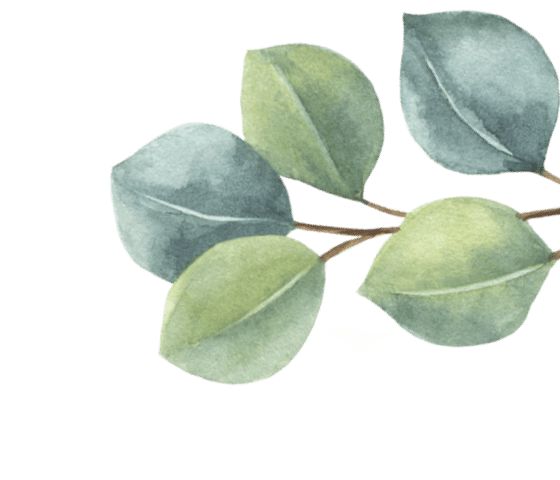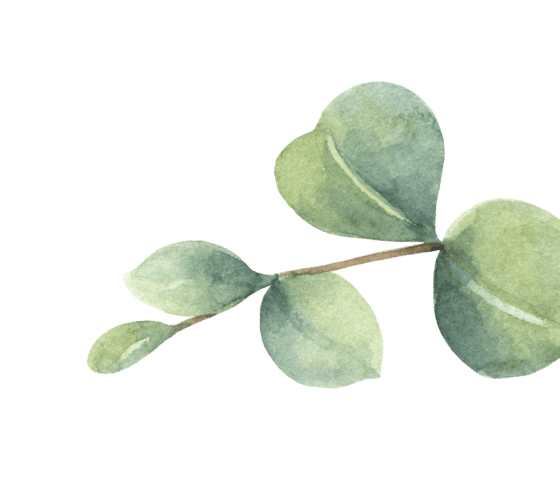Lifestyle
Top 5 Tips to Elevate Your Holiday Season
Published 28 November 2024
From serving wine at the ideal temperature to choosing the right glassware and pairing wines with your meals, these tips will help you create an experience that will be talked about long after the festivities end.
Share with Friends


Whether you’re hosting a traditional feast or a casual catch-up with loved ones, this is the time of year to make your gatherings extra special. At Villa Maria, we believe there’s no better way to bring people together than by sharing delicious food and wine.
Here are our top five winemaker-approved tips to elevate your celebrations.

1. Get the temperature right
Serving wine at the right temperature is key to unlocking its full potential, allowing its aromas and flavours to shine.
Sparkling Wines: Chill sparkling wines to around 6-8°C (43-46°F). This temperature keeps the bubbles lively and the flavour crisp. Sparkling wine will be at the right temperature if straight from the fridge; have an ice bucket on hand to keep it chilled.
White Wines: Light-bodied whites like Sauvignon Blanc should be on the cooler end, while fuller whites like Chardonnay should be closer to room temperature, around 13°C. To achieve this, remove your Chardonnay from the fridge around 30mins minutes before serving, and your Sauvignon Blanc just before serving.
Red Wines: Contrary to popular belief, reds shouldn’t be served at room temperature but slightly cooler. Aim for 15-18°C (59-64°F). Delicate reds such as Pinot Noir should be on the cooler side. If your wine is too warm, pop it in the fridge for 10-15 minutes before serving.


2. Remember to Decant
Decanting isn’t just for expensive wines—many reds and even some whites benefit from oxygen exposure. It helps soften tannins, open aromas, and enhance flavours, especially in bold reds like Cabernet Sauvignon, Syrah, and Merlot. If you don’t have a wine decanter, you can use a similar vessel such as a water jug to aerate the wine. You can also pour the wine back into the bottle before serving.
How to decant: Pour the wine gently into a decanter, ideally letting it rest for 30 minutes to an hour before serving. If you’re pressed for time, simply pour the wine directly into the glass and let it ‘breathe’ before serving.


3. Choose the Right Glassware
The size, shape, and even material of a wine glass can affect how you perceive the aromas and flavours. Treat yourself to the correct set of glasses for the wines you love to serve. This could also be a great gift idea for the wine lover in your life.
Sparkling Wines: A classic flute helps concentrate the bubbles and aromas, while a tulip-shaped glass can enhance the complexity of higher-end sparklings by allowing a bit more space for aromas to develop.
White Wines: Opt for a smaller-bowled glass to maintain the chill and focus the delicate aromas. A slightly larger bowl for full-bodied whites like Chardonnay works well to let in more air and enhance their richness.
Red Wines: Go for a glass with a larger bowl that allows the wine to breathe and release its aromas. Wines like Pinot Noir thrive in glasses with a wide, round bowl, while a Bordeaux glass (taller and narrower) works well for more structured reds like Cabernet.


4. Get to know your Sparkling
There’s nothing like the sound of a bottle of sparkling wine popping open to signal a start to the festive season. Knowing a little about the various terms can help you choose the perfect bottle for your holiday toasts.
Methode Traditionnelle vs Champagne: Champagne refers specifically to sparkling wine produced in the Champagne region of France, while “Methode Traditionnelle” is the process used to make sparkling wines, including Champagne, where the wine undergoes a secondary fermentation in the bottle to create its bubbles.
Brut: The word “Brut” means dry. Sparkling wines labelled Brut will have less than 12 grams of sugar per litre. Extra Brut is even drier, with 0-6 grams sugar per litre.
Blanc de Blancs and Blanc de Noirs: These terms refer to the types of grapes used. Blanc de Blancs are made entirely from white grapes, typically Chardonnay, resulting in a light, crisp profile. Blanc de Noirs use red grapes such as Pinot Noir, and offer a fuller, more robust flavour.

5. Prepare to Pair
First and foremost – drink what you love! But for a showstopping celebration, here are a few classic pairings
Sparkling Wine & Appetizers: Sparkling wine’s acidity and bubbles make it ideal for a variety of appetisers, from chips to salty canapés.
Sauvignon Blanc & Seafood: As well as pairing beautifully with salads and vegetable sides, Sauvignon Blanc is the perfect match for your favourite seafood, including steamed mussels, shrimp cocktails and freshly shucked oysters.
Rose & Salmon: Always a popular option when hosting, the delicate fruit notes in rose are an ideal combination for salmon. A sparkling rose with pair just as well.


Chardonnay & Roast Chicken: For those serving poultry, a rich Chardonnay complements the flavours of roasted chicken or turkey, especially when butter and herbs are involved.
Pinot Noir & Game: Pinot Noir’s acidity and red fruit notes make it a versatile choice, especially with duck or other game meats, as well as mushroom-based dishes such as risotto.
Cabernet Sauvignon & Red Meats: For hearty mains or BBQ favourites like beef or lamb, a structured red wine like Cabernet Sauvignon or blend provides the perfect counterbalance to rich, meaty flavours.

